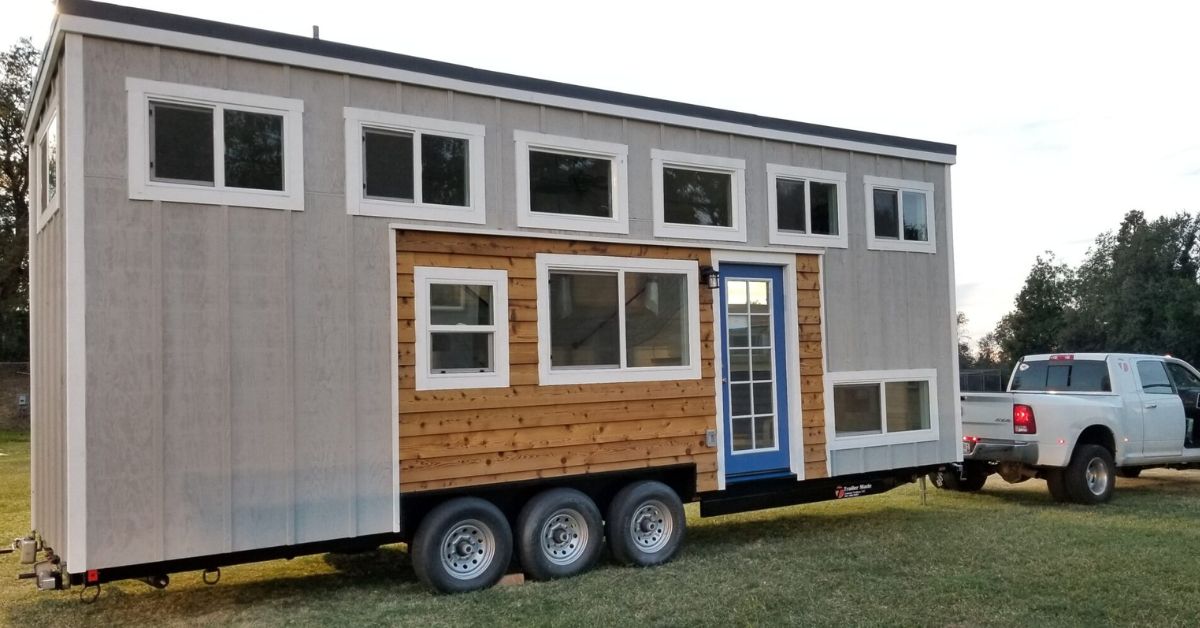How does Tiny House Code Vary from area and building types?

So, here’s the thing—everyone loves scrolling through those Pinterest-worthy tiny homes. The ones with reclaimed wood, loft beds, and plants hanging from every corner. But the reality check hits the moment you start asking: “Wait, can I actually build this where I live?” That’s where the dreaded phrase tiny house code barges in.
And honestly? It’s messy. Different areas, different building types, and suddenly your “dream cabin on wheels” turns into hours of phone calls with planning departments. Fun, right?
Why Codes Exist (and Why You Can’t Ignore Them)
Codes aren’t there to ruin your fun. They’re meant to keep your house safe. Think: fire exits, ceiling height, plumbing that doesn’t back up on day one. Without following some version of the rules, you might not even be allowed to connect utilities or get insurance. Worst case? You build the whole thing and then… officials tell you to move it. Ugh.
So yeah, codes matter—even if they feel like red tape on steroids.
Zoning vs. Building Codes (People Mix These Up All the Time)
Quick sanity check.
- Zoning laws: Where your house can be. Like, can you park it in your backyard? On farmland? Downtown?
- Building codes: How the house itself is built. Minimum room sizes, stair design, window placement—you get the idea.
Most headaches happen when zoning says “sure” but building codes scream “nope.”
How Tiny House Code Shifts by Location
Here’s the part nobody tells you when you first Google “tiny homes.”
City vs. Countryside
Urban areas? Way stricter. They’ll demand minimum square footage, permanent foundations, fire sprinklers—the works. Move out to rural counties and suddenly… some inspectors don’t even care about small buildings under a certain size. That’s why you see more tiny houses hidden in woods than lined up on suburban streets.
State-by-State
Maine actually wrote specific provisions for tiny homes. California embraces them through ADU laws. Oregon’s getting friendlier too. Meanwhile, some Midwestern counties still act like tiny houses are an alien invasion.
Private Rules (Hello HOAs)
Even if the county says yes, your HOA can shut you down faster than you can say “loft bed.” They usually want uniformity, not quirky little cabins with metal roofs. If you hate rules? Avoid HOA neighborhoods like the plague.
On Wheels vs. On a Foundation
And now the big fork in the road.
- Tiny House on Wheels (THOW): Legally treated more like an RV. That means fewer building restrictions, but… good luck finding a place that lets you live full-time in one unless it’s an RV park or specific zone.
- Foundation Tiny House: Treated like a regular house, which means traditional codes apply. More hassle upfront, but easier to get utilities, insurance, and maybe even financing.
It’s a trade-off. Freedom of wheels vs. security of a foundation.
Where Tiny Home Kits Fit In
A lot of folks think buying a tiny home kit is a shortcut around codes. It’s not. Kits usually come with plans designed to meet the International Residential Code, which is a good start. But every county adds its own weird little twists. One inspector might shrug, another might demand sprinklers, or argue your loft doesn’t count as “habitable space.”
So, a kit = easier, but still not a free pass. Always (and I mean always) take the plans to your local office first. Saves you from buying lumber you can’t legally use.
That Loft Issue Everyone Fights Over
If you’ve ever climbed into a tiny house loft, you know ceiling height is… let’s say “cozy.” Problem is, many building codes require 7 feet in habitable rooms. Lofts rarely hit that. Some states (Maine, again being cool) made exceptions. Others? Still stuck on old standards.
So yeah, your loft might technically not “count” as a bedroom. Doesn’t mean you can’t sleep there—it just means the inspector may roll their eyes.
Real-World Examples
Let me tell you—this isn’t just theory.
- A couple in Oregon built a gorgeous cabin on a foundation. Totally legal… until the county required them to add a full septic system. Cost? Almost as much as the house itself.
- A friend in Texas built on wheels, only to find her county didn’t allow RVs as permanent residences. She literally had to tow it to another county.
It happens. And it’s exhausting. But knowing ahead of time saves you from those “what now?” moments.
Tips If You’re Serious About Going Tiny
- Call your planning department early (before you buy land, seriously).
- Talk to locals. Tiny house Facebook groups or community meetups are goldmines.
- Be flexible. Maybe wheels don’t work in your county, maybe a foundation does. Or vice versa.
- Use pros. Builders who’ve dealt with tiny codes before can save you months of headaches.
Wrapping It Up
Tiny house living looks simple on Instagram. Reality? The rules are messy. Tiny house code changes not only from state to state but from county to county, and whether your place sits on wheels or dirt.
The dream’s still worth chasing. Just don’t assume one person’s success story means you’ll get the same green light. Do your homework, ask dumb questions, stay patient. And if you’re eyeing a tiny home kit, treat it as a starting point—not the final word.
At the end of the day, you can absolutely make it happen. Just remember: the smaller the house, the bigger the homework.



